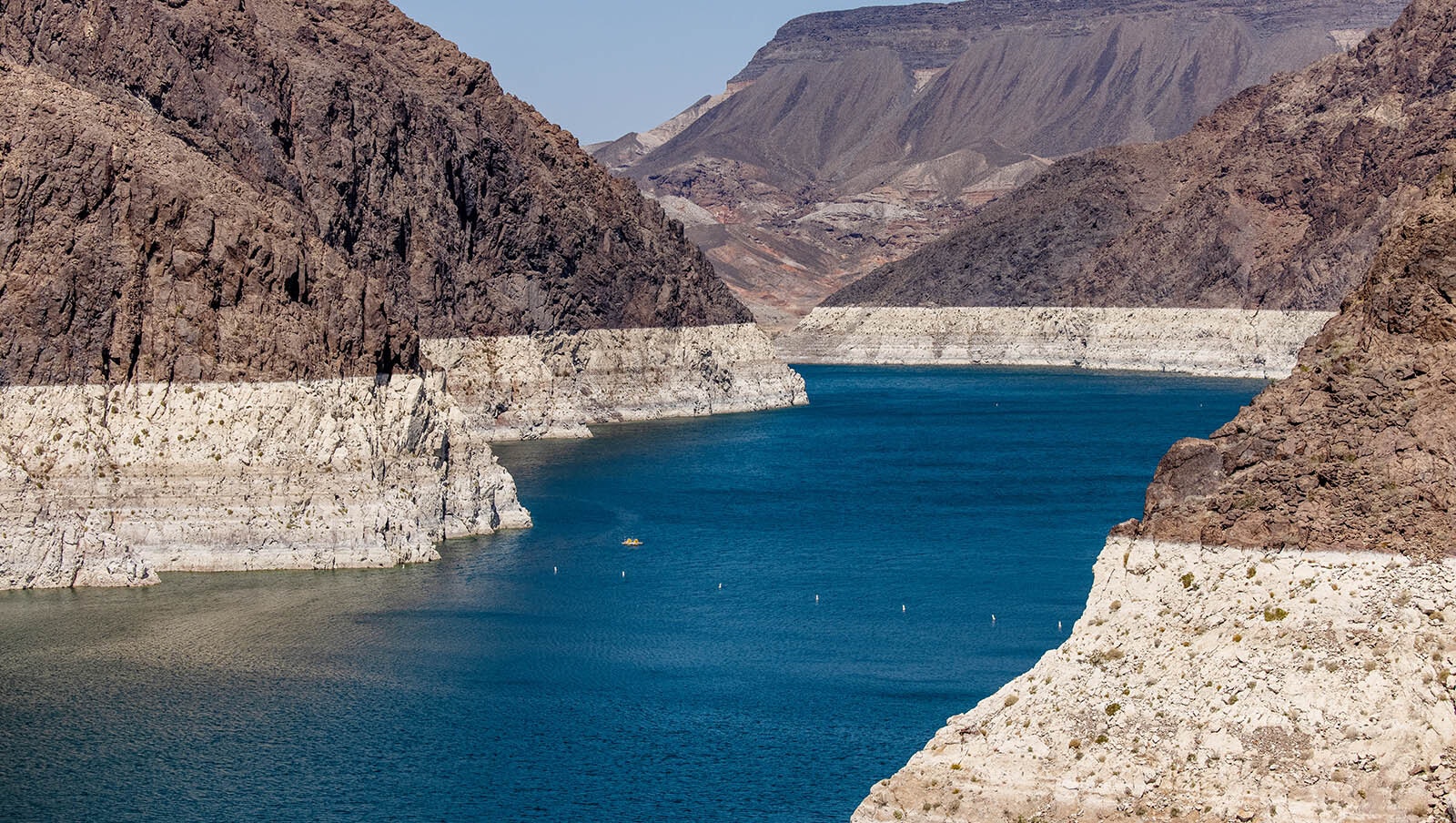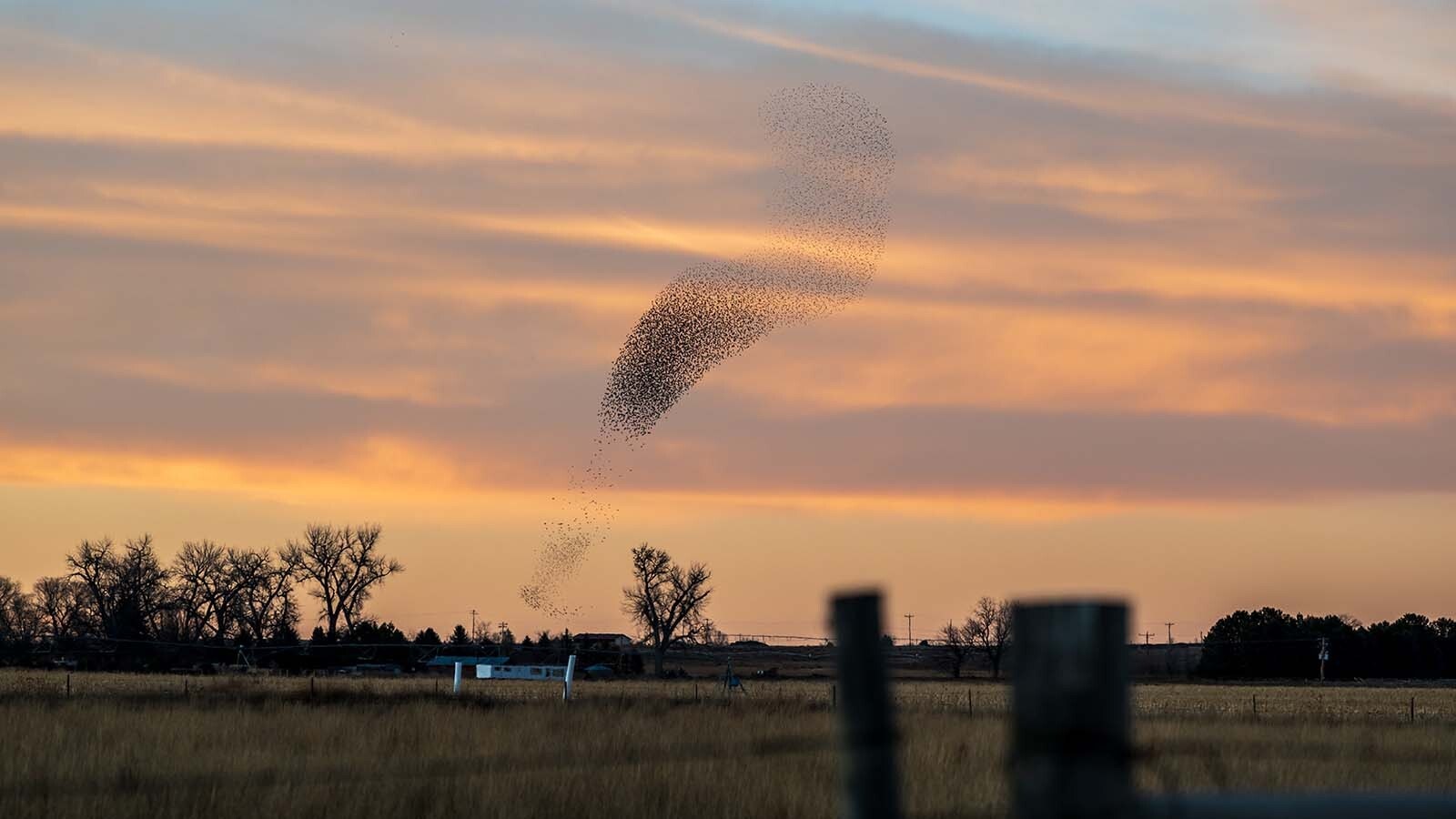This wet spring has been a blessing for the parched Colorado River, but it would take 21 more like it to fully restore the watershed, an expert on the river said.
“I keep getting asked that same question — is this spring going to be enough?” Brad Udall, a senior scientist and scholar at Colorado State University, told Cowboy State Daily on Thursday.
It would take at least six more springs like this one just to get the Colorado River Basin out of a water supply vs. demand deficit, and “that’s not going to happen,” he said.
Even further outside the realm of possibility, it would take 21 more springs like this one to completely refill the basin’s entire water infrastructure, including Lake Powell and Lake Mead, he said.
Get Used To It
So, the bottom line is water deficits are the norm along the Colorado River, he said.
The river and its tributaries supply water for 40 million people, including residents in Wyoming and six other states, numerous sovereign Native American tribes and Mexico.
Udall was one of the speakers during the 43rd annual Colorado Law Conference on Natural Resources on Thursdqy. The conference convened at the University Colorado Campus in Boulder, with the theme “Crisis on the Colorado River.”
Why 21 Is The Magic Number
Udall figures it would take 21 more years to completely refill the system because “the last time the system was this low, it took 21 years to refill,” he said.
He was referring to the springs between 1963 and 1983 as Lake Powell was coming online and filling up.
However, even that might not be an accurate comparison, because demand on the river has grown massively since the 1980s, and most of the years since 2000 have been dryer than the years 1963-1983, he said.
Some Good News
The huge runoff from massive snowfalls across the West has been pumping water into Lake Powell and Mead, and that’s helped in short term, Udall and other speakers said.
It’s gotten the Lower Basin States – California, Nevada and Arizona — out of the “dumpster fire” of reservoirs on the cusp of failure, said JB Hamby, a member of the Colorado River Board of California.
The Lower Basin states also recently agreed to cut back Colorado River water use by 3 million acre feet by 2026. An acre foot is enough water to cover an acre of land to the depth of a foot.
The tribes and all seven Colorado River states are preparing to negotiate the terms of an agreement to manage the water supplies beyond 2026. The states include Wyoming, Colorado, New Mexico in the Upper Basin and Arizona, Nevada and California in the Lower Basin.
Udall said one good year shouldn’t lull people into a sense of long-term security.
“One bad year, and we’re back to only 25% full” in the larger reservoirs, he said.
The numbers indicate a continuing trend of dry years, he said. That includes less precipitation feeding water into the river, and higher temperatures causing more water to evaporate before it can be used.
“We think that is being caused by humans,” he said.
Mark Heinz can be reached at mark@cowboystatedaily.com.





